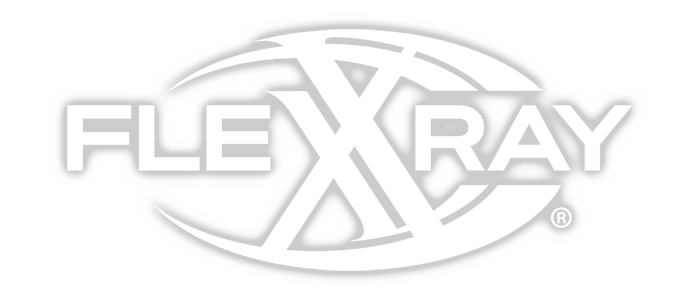Insights from FlexXray’s Chief Product Officer
Foreign material contamination is one of the most stubborn challenges in food manufacturing. It doesn’t just disrupt operations—it creates costly inefficiencies across the supply chain, chips away at consumer trust, and threatens brand reputation. For most facilities, it’s not so much a question of if it happens, but how often.
That’s why FlexXray hosted an Ask the Expert webinar, where Kye Luker, Chief Product Officer, shared his perspective on what food safety leaders are up against today. Drawing from years in the industry, he talked through why in-house reinspection isn’t always as effective as it seems, how technology is changing the game, and why keeping a closer eye on suppliers may be the biggest opportunity for improvement.
The conversation painted a clear picture of where food safety stands right now—and where it needs to go next.

Kye Luker
Chief Product Officer
The Human Side of Inspection
One of the biggest differences between in-house inspection and third-party inspection comes down to people. Inside a plant, rework crews often get pulled from their usual jobs to help with inspections. But it’s not their specialty. At FlexXray, inspection is all we do. Our teams are trained specifically for it, and that experience matters.
Just as important is the pace. In-line systems have to keep up with production speeds—hundreds of feet per minute—which makes it harder to spot everything. FlexXray slows things down on purpose: 20 feet per minute for CT scanning and 2–4 feet per minute for visual inspections. That extra time translates into better accuracy.
Technology That Sees More
Then there’s the tech. Tools like metal detectors and in-line X-ray machines are valuable, but they’re designed to fit production constraints. They have to run fast and work with whatever products are on the line. That means there are limits to what they can catch.
FlexXray uses medical-grade imaging equipment that goes far beyond standard plant tools. Flat panel detectors, CT scanning, and other advanced imaging methods can identify materials like bone, stone, rubber, and plastic, even at sizes traditional systems miss. CT scanning, especially, gives a three-dimensional view, peeling back layers of product to reveal hidden contaminants.

The payoff is big: more accurate inspections, fewer misses, and more “yes, we can find that” decisions on projects that might otherwise be sidelined.
The Real Cost of Doing It Yourself
It’s tempting to think in-house reinspection saves money. After all, it uses your people and your equipment. But that’s not the full picture.
Shutting down a line to rework product takes away from what plants are really there to do—make product. Labor gets diverted, efficiency drops, and waste creeps in. Plus, reinspecting on the same machine that already cleared the product doesn’t provide better insight. It just gives you more of the same data.
Third-party inspection slows things down, applies tighter standards, and delivers deeper results. That makes it possible for QA teams to make confident hold-release decisions without second-guessing.
Looking Upstream
A lot of contamination doesn’t start inside the plant at all. It starts upstream. Supplier and ingredient inputs, along with equipment failures, are two of the biggest culprits.
That’s why supplier monitoring matters so much. In one example shared during the webinar, a customer struggling with recurring bone contamination across multiple protein suppliers sent truckloads of product to FlexXray for analysis. The results pointed to a single supplier, giving the company leverage to strengthen agreements and protect their supply chain moving forward.
Why Data and Traceability Matter
When an incident happens, QA managers often put a huge amount of product on hold just to be safe. Without precise data, it’s the only option. But it also means wasted time, money, and materials.
FlexXray narrows the scope. By inspecting and tracking product at the pallet level, we can often reduce a hold from hundreds of thousands of pounds to just a few hundred. That kind of precision not only prevents waste but makes decision-making faster and easier.
Too often, third-party inspection is only thought of as a last resort—something you turn to after a problem arises. But it doesn’t have to be that way.
FlexXray’s tools and processes can be used proactively: helping R&D teams test new products, validating processes after a line extension, or serving as a secondary check when new detection systems are installed. The value isn’t just in solving problems; it’s in preventing them before they reach the consumer.
The takeaway is clear: food safety today requires more than reactive fixes. It takes trained people, advanced technology, stronger supplier oversight, and data you can actually act on.
Foreign material contamination may never be eliminated entirely. But with the right strategies and partners, its impact can be minimized. FlexXray isn’t just here to put out fires. We’re here to help food manufacturers build safer, smarter, more resilient operations.
